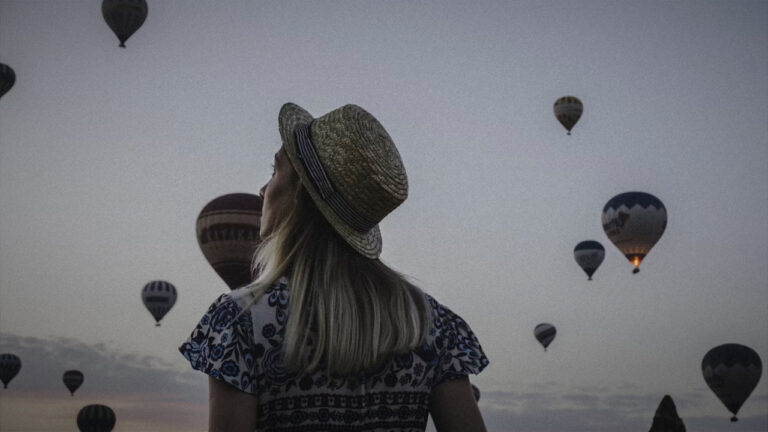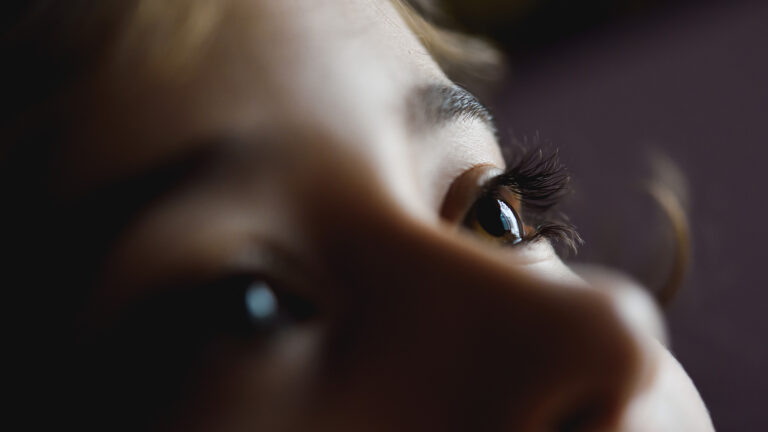When it comes to foresight, our philosophy centers around deliberately seeking out the things that conflict with or contradict today’s truths. Driven by deep empathy and creative visioning, we approach foresight by keeping people and culture at the centre of our work. We help brands make better decisions today by bringing tomorrow into focus by scanning the horizon, identifying implications, building scenarios and developing strategies. In this installment of our Foresight in Practice Series, we’re looking at how entertainment is packaged and consumed, and how that impacts the role it plays in peoples’ lives… in a nutshell, the Future of Entertainment.
But first, fun fact…
Entertainment comes from the Old French word entretenir which meant “to hold together” or “maintain.” Associated with hospitality, the word referred to hosting a guest and keeping them happy. Since then, it’s come to refer to any form of activity that is designed to amuse, delight, or engage an audience. Today, as an industry, it encompasses movies, music, theater, sports, gaming, and beyond…
“The word suggests the mental state of entering, holding or grasping in between or inside…The word entertainment has long been associated with amusement and gratification but we can shift perspectives to find richer meanings and uses for entertainment…Entertainment might provide the access to deeper parts of the human experience, beyond gratification and towards insight.” –Anne Bogart
Past
A big part of foresight is looking back. When we look back at trends in TV viewing behavior, there are two things that pretty much account for the entirety of the 2010s: Streaming and binge-watching.
Streaming
When cable was in its prime, the money went towards promoting, not just shows, but the development of clear and distinct branding per network (e.g., TNT: We know drama, TBS: Very funny).
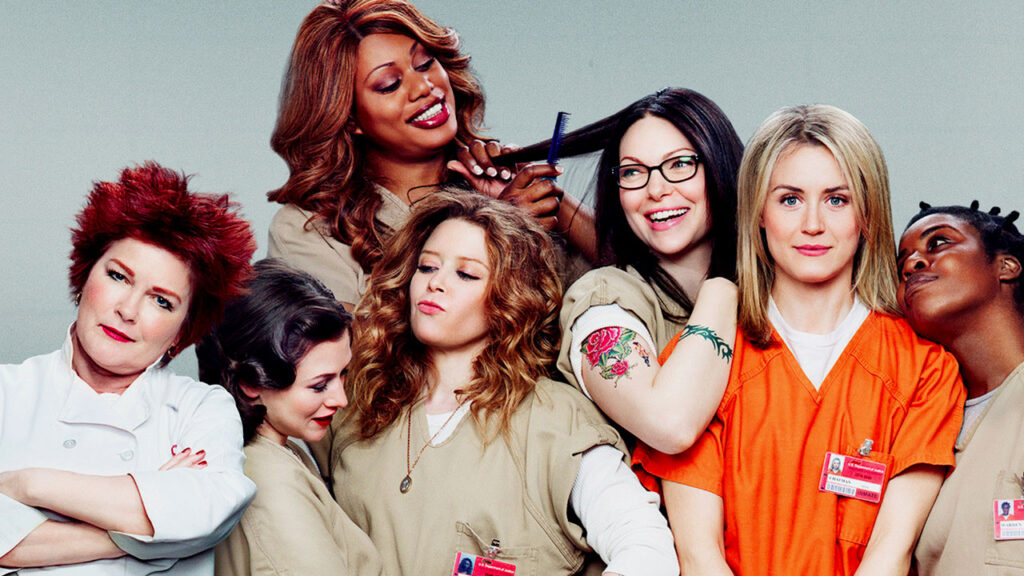
It was around 2018 that streaming subscriptions started to outpace cable subscriptions. By 2020, they became a real threat to traditional networks, and the narrative started to change within the industry. Cable brands began carving out a space for themselves within the streaming landscape. And from the platforms themselves, there began to be more and more original content (e.g., Netflix’s OITNB (2013), Handmaid’s Tale (2017)). And, while cable brands managed to squeeze into the streaming landscape there wasn’t much different about them. Streaming was new but it was growing rapidly. Cable brands were well-established but weakening. Although streaming was strong enough to attract cable brands, it was so new and still finding its form. So, even though cable brands were in uncharted waters, the heritage they had greatly influenced the way that streaming and its landscape would take shape.
“There’s no longer any such thing as a typical linear cable channel — and that’s fine: The business has already evolved. As OTT takes over, you see how the great cable networks, the FXs and HBOs of the world, still maintain their brands, but are very much content creators more than they are necessarily just the old networks.” Peter Liguori, Former Fox and WGN exec (2020)
“More and more we look at brands as content factories for a particular group or demographic or psychographic group.” David Nevins, CBS Chief Creative Officer; Chairman & CEO, Showtime Networks (2020)
Binging
Largely thanks to Netflix, it was around 2014 that the term “binge-watching” began taking hold. And as the years went on, Netflix made it easier and easier to binge. It was in a new package, but the concept of “flow” in television was nothing new. Just like the strategies used by traditional networks, Netflix continues to develop ways to keep and hold the attention of their viewers. Welsh theorist Raymond Williams calls flow “the defining characteristic of broadcasting, simultaneously as a technology and as a cultural form.”
And what did we get out of it? Well, whatever we chose.
What it meant to “binge” wasn’t just about how many episodes you watched; it could have also been how many seasons you watched. It was about the experience of immersing yourself in an alternate world… with no ad disruptions. And that immersion sans interruption created the conditions for a much more convincing sense of escape for viewers by, effectively, constructing an entirely new location for people to go to.
Present
What’s past is prologue. In an interesting turn of events, streaming is starting to look alot like cable. Streaming platforms, whose main benefits were being cordless and adless, have started to introduce ad-supported subscription tiers and streaming bundles. Given the financial constraints that so many experience globally, and the already low profitability that streaming services have, it makes sense. And, having the option does provide viewers with more choice… But it’s still worth noting: in its effort to survive, the wave maker (streaming) mimics still waters (cable).
Because streaming pretty much defines and underlines the trends of the present day, we’ll go one layer deeper and explore what’s happening with people and their relationship with streaming.
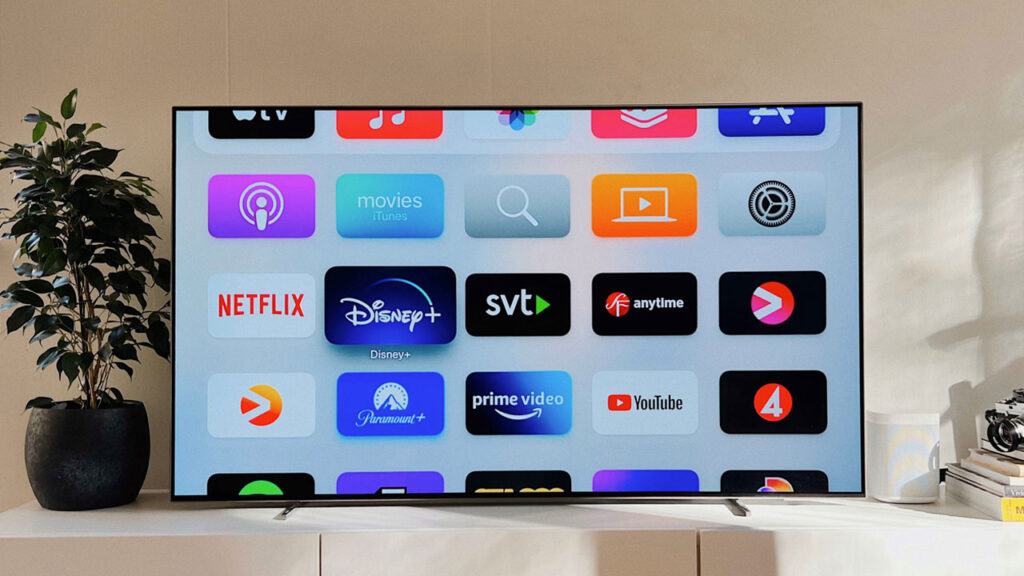
Tinder-fication of TV (between and within platforms)
It’s competitive out there for streaming services and the viewers are feeling (and apparently paying for) it. Many split their time and their wallet between multiple platforms. At the last count, to watch the entire library of Grey’s Anatomy you needed at least three subscriptions… anything for Ellen Pompeo, I guess.
Even in exploring just one platform, the amount of choice that’s available is overwhelming and ends up feeling like no choice at all. So it’s no surprise that viewers end up re-watching their tried-and-true favorites.
Whether their shows are used as background noise or if the show is meant to be the center of attention, it’s all some version of a distracted kind of viewing experience.
The Great Re-Emergence
People are emerging from their rabbit holes. In 2021, 80% of Americans said that their eyes were in ‘overdrive’ as a result of screen time, while 51% of Gen Zers say they often daydream about what life would be like without social media. Today, in 2023, they are.
With parents and young people at the forefront, people are increasingly conscious of how much time they spend online, there’s a growing desire for entertainment platforms to support them in fostering healthier habits.
What we’re seeing today is that the purity of escapism and other-worldliness that was introduced through streaming platforms is under threat. And it’s coming at a time where people globally are reconsidering how they want to spend their time. The question then becomes, where will we go from here?
Future
In looking toward the future, most signals point toward consolidation as the next move for streaming platforms. While there are different approaches being considered, it’s largely agreed upon that consolidation will be a good thing for viewers.
From Disney CEO Bob Iger’s perspective, this moment is simply the awkward phase for streaming. He holds an optimistic long view that with time, streaming will straighten out and ultimately make it simple to watch TV again.
In David Zaslov’s (CEO of Warner Brothers) view, it’ll be imperative that industry players take it upon themselves to consolidate proactively. In his words, “If we don’t do it to ourselves, I think it will be done to us.” Plus, he sees a clear benefit for viewers craving simplicity and affordability and for platforms whose revenue falls victim to subscriber churn.
From a foresight perspective, it does seem that consolidation is the probable future we’re heading toward, if not already a fait accompli. But how that consolidation happens could have a major impact on what the future of streaming looks like, and also the role that streamed entertainment plays in people’s lives.
Meet Tessa.
Tessa is a 29-year-old newlywed living in Niles, Michigan. After nearly a full year of marital bliss (and a whole bunch of in-laws), she’s finally landed a hybrid position doing administrative work for a local special events company. It’s a small company but business is booming. Part of why she’s a great fit for the position is that she’s the sort of person that knows everyone, and who everyone loves, so she’s been able to develop even stronger relationships through her position.
She comes from a family of 7 siblings and her partner, Avery, is one of 5. Take all those people and combine that with the people she’s connected with through work and you’d understand why watching TV (especially by herself) is her favorite way to treat herself. And it’s always been that way. Even as a young kid watching TV with the rest of her siblings around, the story and the characters on screen always provided her with a mental escape.
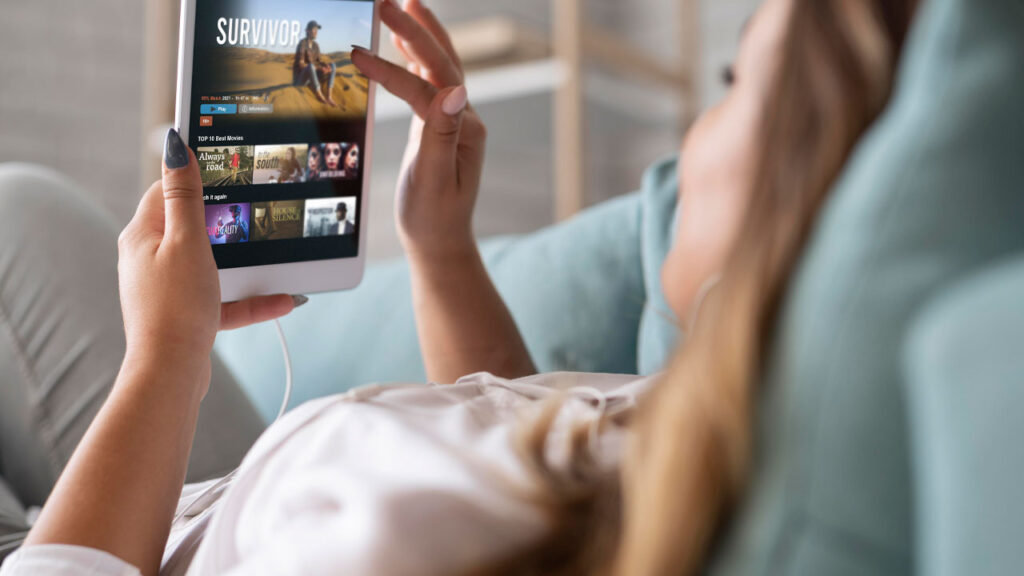
Like most people in her age group, she was raised by TV and the internet. So it was never too big a stretch in her mind when streaming platforms began to take over the industry. It was exciting in the beginning. Being able to watch the shows she loves on her personal devices made the experience and the escape that much more impactful to her. But around 2023, streaming to watch TV started getting a little complicated once there were suddenly so many platforms to choose from (and pay for).
As the years went by, her life continued to grow in both fulfillment and complexity. As she continued to gain and foster important relationships, her need to escape and detach became more important as well.
More than ever, she’s needing some kind of ‘elsewhere’ to be… But when it comes to television and the necessary steps to enjoy it, there are simply too many ‘elsewheres’ to navigate, let alone choose from.
What might Tessa’s future look like?
Scenario: Market-Driven Consolidation and Damage From The Awkward ‘Teenage Years’
The consolidation of streaming platforms was inevitable but the major players in space refused to be reduced to the equivalent of cable for the internet. So, the consolidation came down to just 3 big names in streaming that served as hubs for all television content.
It wasn’t ideal but for Tess, whose day-to-day is overflowing with decisions to be made, she’d take it – at this point, simplification in any form was welcome. And even though the landscape was much less crowded, 3 subscriptions was about 2 too many. Ultimately, she had to assess which platform could provide her with enough titles and content that she already did and expected to enjoy from a given platform. And, it helped that her chosen platform was included with her Walmart+ membership.
She had her chosen go-to, but something was missing. And that something was access to many thousands of hours of TV content that she just had to accept saying goodbye to. Not just the content, though, it was also about the depth of connection she could find with others, and with culture at large. As time went on, Tess began to find that depending on the platform she or others decided on, it became an identity marker of sorts. It was a quick way to understand who she would (or perhaps would not) be able to connect with over the latest in TV.
The first and longest-lasting consequence was something of a mass identity crisis across streaming platforms and larger hubs. Through layers of awkward consolidation, many brands were forced to relinquish a piece of who they were, and how they’d positioned themselves.
The next hurdle in streaming, for platforms and viewers, was to humanize the frankenstein-ed entity that viewers now found themselves in relationship with and try to build more meaningful relationships with viewers. But, the damage had been done, and the reputation and NPS of these platforms began to decline rapidly.
In the wake of that decline, new challengers emerged, offering a new path forward. Another cycle of de-bundling, but this time, bypassing the giants who were seen as lacking innovation, and empathy for viewers.
Scenario: Proactive Consolidation and a Viewer-Centered Ceasefire
By 2028, somebody finally stepped in and offered a solution that had been glaringly obvious for the past 5 years: a proactive solution that would allow people to watch all their desired content on their device of choice, regardless of which streaming platform owned the rights in their region.
Though streaming started to consolidate around 2023, things never really came together elegantly, and the streaming industry as a whole began to suffer as revenues continued to decline. It was, after all, the beginning of a recession, and people were looking for opportunities to trim costs at the expense of platforms like Paramount+ and Peacock.
The industry ultimately got together and agreed upon a shared platform and protocol that would allow people to access their content through a centralized location, and a pricing schema that allowed each platform to provide fair and equal access to their basic, premium, and specialty content.
For Tess and TV-lovers alike, the interface, navigation and overall experience were nearly seamless. She used one sign-in, on one account and paid one monthly subscription – just one key that unlocks the door to escape. Plus, she did not need to be concerned about sharing her data and information with yet another entity. She’d been entrusting Google with her information since middle school when she made her first email account (sorry to anyone ever looking to own the username soccergrrrl305), so she was happy to use her account to sign in on her smart TV so that she could watch her favorite shows with ease.
Moving forward, Tessa could return to the purity of ease and escape through television. And, as the economy began to bounce back in 2025, content producers found that they were able to achieve more reach for their flagship properties than they’d enjoyed prior to consolidation.
So what does this mean for your brand?
Not only are we keeping people like Tessa at the center of our foresight practice, we’re committed to keeping your brand there too. When situations lack analogies to the past, it’s hard to imagine the future. It’s tempting to seek refuge in the more predictable short-term. But without foresight, you’re only able to imagine a narrow slice of what is possible. Foresight at The Sound leaves room for new standards, technology and ideas that are sure to develop over time, allowing you to see potential risks and opportunities you may otherwise overlook.
So if your brand is ready to be in the position of anticipating change rather than reacting to it, reach out to us. We’d be happy to help.

